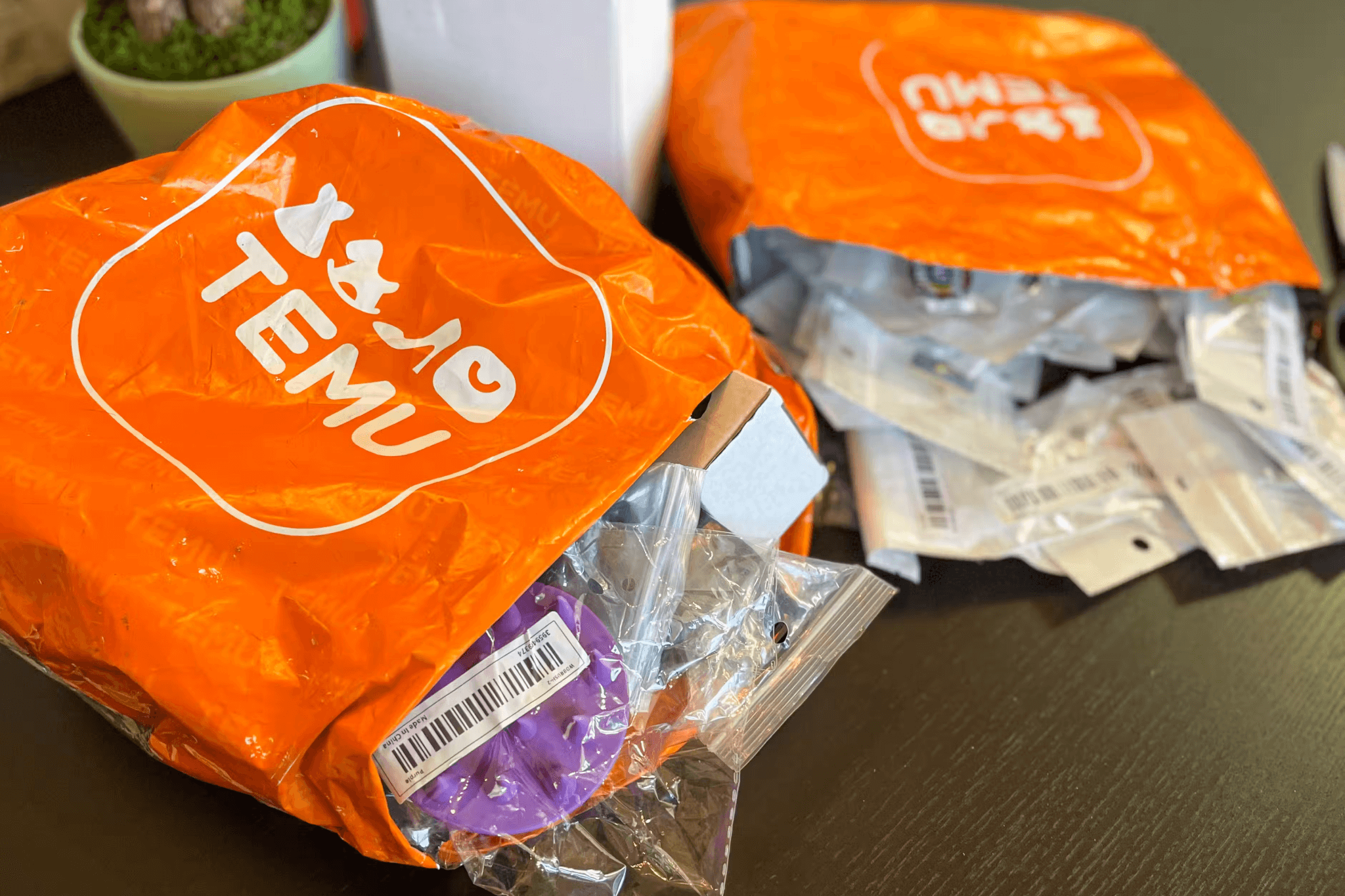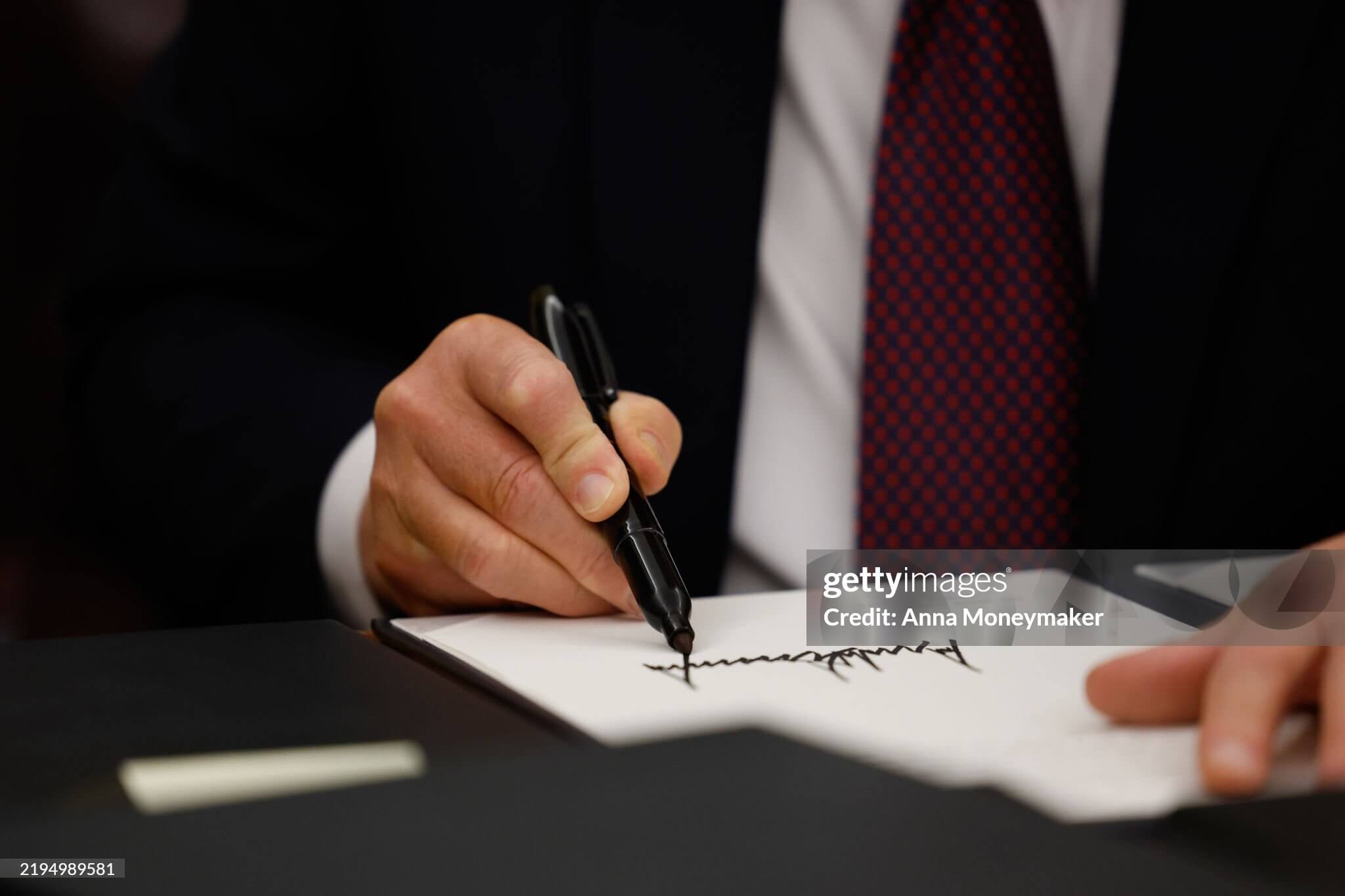Beyond Tariffs and Constraints: Finding Opportunities in a Changing Market
Navigating the New Economic Landscape for Creators and Small Businesses
We find ourselves at a pivotal moment. The world today feels starkly divided—black and white in its opinions on the greater good versus self-indulgence. The balance of power, wealth, and opportunity has tilted so drastically that it’s hard not to feel like the game is rigged. A few individuals hold the lion’s share of resources, while the poorest among us watch safety nets erode and international cooperation unravel, like pulling the thread on a decades-old tapestry.
Within a month, the incoming administration has taken a wrecking ball to long-established economic conventions, mechanisms, and international diplomacy. If this were a game, someone just flipped the board. The problem is, many people are left scrambling to understand what’s happening, let alone how to move forward.
But this isn’t a geopolitical deep-dive. This is a STEM-driven conversation, focused on creators, small businesses, and the makers of the world who now face an entirely different reality when it comes to starting and scaling a business.
To be clear, this isn’t about partisan ideology. It’s about acknowledging that decisions are being made in real time—poorly considered, even worse implemented—and that their impact on businesses, creators, and entrepreneurs is undeniable. So, what are the new rules of the game? What doors have closed, and where are the new windows of opportunity?

The de minimis rule was a trade loophole that allowed retailers like Temu and Shein to ship inexpensive goods to the U.S. without paying taxes. The rule was originally intended to allow American tourists to return goods they purchased abroad without paying taxes
The Three Executive Orders That Change Everything
There are three distinct executive orders that, from a business perspective, have reshaped the economic landscape:
- Tariffs on Chinese-made products – This affects both fully assembled goods and raw materials, making production more expensive for businesses that rely on imported components.
- Elimination of the de minimis exemption – Previously, businesses could import products under $800 without duties. That advantage is now gone, raising costs for small businesses sourcing affordable inventory.
- Tariffs on aluminum and steel – This impacts everything from manufacturing to packaging, infrastructure, and logistics, making domestic production costlier and pushing prices higher across the board.
How Did We Get Here?
A well-known comedian summed it up best:
There was an implied promise to a generation of Americans: work hard, go to college, be a good person, and you’d achieve certain outcomes. But those outcomes didn’t materialize because baby boomers in decision-making positions lowered the capital gains tax, allowing their wealth to compound year after year. Post-WWII, the U.S. traded domestic manufacturing for national security by making the U.S. dollar the default international trade currency. While this gave America immense power over global economics, it also made domestic manufacturing unviable. The idea was that Americans would upskill, but in reality, we just shipped our manufacturing overseas, devastating working-class families.
This explains why so much manufacturing has been consolidated in Asia, where economies of scale and supply chain efficiencies make it impossible to compete domestically. It’s why the rise of cheap, disposable products and drop shipping flooded e-commerce platforms. It’s why plastic waste has become a global crisis.
Now, the economic levers that allowed small businesses to import, prototype, and scale cost-effectively have been pulled. So what now?
A study by economists at the Massachusetts Institute of Technology, the University of Zurich, Harvard and the World Bank concluded that Trump’s tariffs failed to restore jobs to the American heartland. The tariffs “neither raised nor lowered U.S. employment’’ where they were supposed to protect jobs, the study found. – PBS.ORG

The Road Ahead: Challenges and Opportunities
The first instinct might be to panic—after all, the playbook that worked a month ago is suddenly obsolete. But while these changes create new hurdles, they also force innovation.
Challenges:
- Cost barriers – Higher import fees and tariffs mean fewer affordable options for sourcing materials and manufacturing products.
- Production limitations – Small businesses with limited capital may struggle to afford domestic production costs.
- Supply chain uncertainty – If manufacturing and logistics are in flux, business owners must rethink fulfillment and distribution.
Opportunities:
- Digital-first business models – While physical products are now harder to manufacture, digital IP (intellectual property) is still frictionless. Creators can leverage design, software, and digital goods without worrying about tariffs or supply chains.
- Localized and shared manufacturing – Could makerspaces, co-op manufacturing, or on-demand production bridge the gap? With new constraints, shared resources might be the key to cost-efficient domestic production.
- Direct-to-consumer strategies – If traditional e-commerce supply chains are becoming more expensive, brands that build strong community-driven marketing and niche audiences will have a distinct edge.
How to Move Forward: Strengthening Local Business and Fair Competition
The real question is: How can a small business with limited capital gain access to the tooling required to make their ideas scalable?
- Leverage digital innovation – Instead of focusing on physical goods, is there a way to pivot towards services, digital products, or intellectual property that circumvents supply chain issues?
- Explore new manufacturing models – Co-op factories, small-batch local production, and additive manufacturing (3D printing) may become viable alternatives to traditional overseas manufacturing.
- Reassess marketplaces – Amazon and other platforms that thrived on cheap imports may become less viable. Owning the customer relationship through a dedicated website and direct marketing will be more important than ever.
- Look for emerging gaps – If everyone is panicking about tariffs, where’s the opportunity? Maybe it’s refurbishing and upcycling, or maybe it’s finding overlooked supply chains that remain tariff-free.
The Analogy That Fits Best
Imagine you’re driving on a highway, moving full speed toward your destination. Then suddenly—boom—massive pileup. Chaos. Cars everywhere. Some lanes are completely blocked.
Yes, there are going to be casualties. Yes, traffic has slowed. But there’s always a path through the mess. And on the other side? Wide-open road. The trick is not to rubberneck at the destruction but to find your route forward.
This is one of those moments where the old rules are breaking, and the new ones aren’t fully written yet. If you’re an entrepreneur, creator, or small business owner, this is your chance to adapt, pivot, and advocate for an economic landscape that supports local businesses, fair competition, and diversity of offerings.
A thriving local business ecosystem benefits everyone. It strengthens communities, fosters innovation, and creates economic stability. The challenge ahead isn’t about winning—it’s about building something more resilient, sustainable, and inclusive for the long run.



